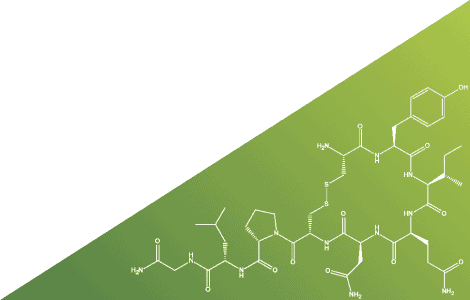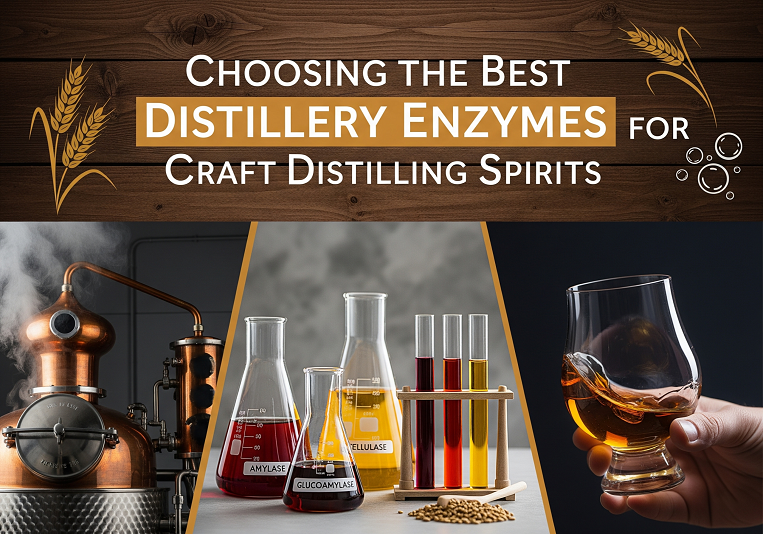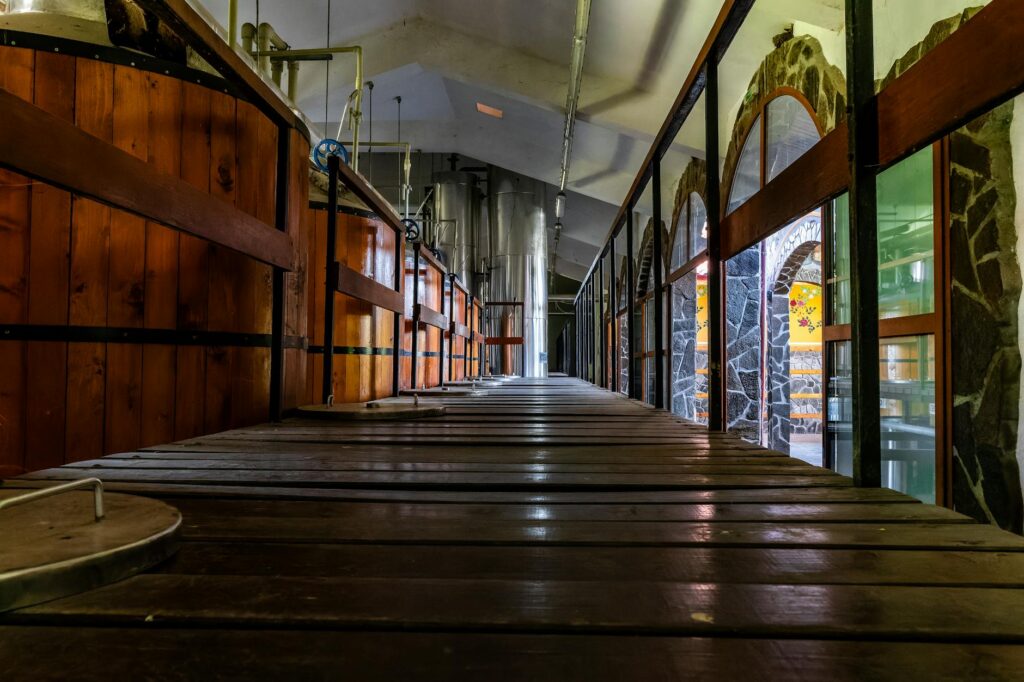Choosing the Best Distilling Enzymes for Craft Distilling Spirits


What if a small tweak to our mash could lift yield, speed fermentation, and sharpen flavor? Distilling enzymes give us that control. We use them to convert starch, proteins, and fibers into fermentable sugars and nutrients that yeast can consume to produce alcohol, boosting alcohol yield and enhancing spirit quality. For small-batch producers, picking the best enzymes matters. It helps us reach higher yields, steadier fermentations, and cleaner, more repeatable flavors without adding capital equipment.
In this guide, we walk through what distilling enzymes do in the distilling process, how to select the right ones, which options suit different spirits, and practical tips for running them well. We draw on 2025 industry insights and supplier data on alpha-amylase for liquefaction, glucoamylase for saccharification, protease, and cellulase. Along the way, we call out target pH range and temperature ranges, simple steps, and troubleshooting cues. As we read, it helps to think about our raw materials first. Grain, malt, molasses, or fruit each call for a tailored enzyme plan based on substrate type. We also suggest adding a process image of a distillery mash or conversion step to support team training and SOPs.
What Are Distillery Enzymes and Why Should We Use Them in Craft Distilling?

Photo by Rasmus Andersen
Distilling enzymes are natural proteins that speed up specific reactions in our mash, targeting substrate types like starch in grains or malt. They break down starch into dextrins and further into fermentable sugars, along with proteins and plant fibers, releasing amino acids for yeast nutrition. The result is a smoother, faster path from grain, molasses, or fruit to a clean ferment and improved alcohol yield. We know how important this is for our operations in craft distilling. Yields and flavor stability drive profitability and brand trust. Industry sources, including application notes on commercial enzymes from major enzyme manufacturers and 2025 market analyses, report higher extract and faster turnaround when distilleries use the right enzyme set. Reports associated with Novozymes, DuPont/IFF, and market trackers suggest potential gains of 10 to 15 percent in alcohol yield from optimized starch conversion, along with shorter fermentations and reduced raw material waste. Main types we use, guided by 2025 research and supplier catalogs that detail enzyme activity:
- Alpha-amylase, for liquefaction: breaks gelatinized starch into shorter dextrins at high cook temperatures.
- Glucoamylase, for saccharification: converts dextrins and starch fragments into glucose for maximum uptake.
- Beta-amylase and pullulanase, as complementary enzymes in the distilling process: further refine starch breakdown to boost fermentable sugars.
- Protease enzymes, for nutrition from proteins in grains and malt: release amino nitrogen, supporting robust fermentations and cleaner finishes.
- Cellulase, pectinase enzymes, beta-glucanase, and xylanase, for tough plant materials and high-fiber solutions: reduce viscosity and free sugars in fruit and high-fiber grains.
Key benefits when we apply these enzymes well:
- Higher alcohol yield, often up to 10 to 15 percent in optimized systems, alongside enhanced spirit quality.
- Shorter fermentation time and faster tank turns.
- Better flavor consistency due to complete conversion and healthy growth.
- Lower viscosity, easier pumping, and reduced waste or byproduct losses.
For supplier exploration, the Distillery Trail suppliers directory can help us map vendors and categories: https://www.distillerytrail.com/suppliers/. For a visual aid, consider a simple diagram that shows alpha-amylase cutting long starch chains into dextrins, then glucoamylase trimming those chains to glucose.
Common Types of Distillery Enzymes for Grain and Fruit Mashes
We can match enzyme action to our process stage, substrate type, and equipment. High-temp alpha-amylase reduces mash thickness during cook. Glucoamylase finishes the job at lower temps, unlocking fermentable sugars. Protease enzymes support nutrition where FAN is low. Cellulase, pectinase enzymes, beta-glucanase, and xylanase help with fruit mashes and fibrous feedstocks, cutting haze and viscosity. Industry reporting in 2025 also notes enzymes can reduce processing time by about 20 percent, which aligns with faster conversions and smoother transfer times.
| Enzyme | Primary Function | Typical pH Range | Typical Temperature | Notes and Examples |
| Alpha-amylase | Liquefaction, breaks starch to dextrins | 5.6–6.2 | 90–105°C during cook | Common in grain whiskey, bourbon |
| Glucoamylase | Saccharification to glucose | 4.0–5.0 | 55–65°C post-liquefy | Drives higher ethanol yield |
| Protease enzymes | Protein to amino acids, boosts FAN | 4.5–5.5 | 45–55°C | Stabilizes ferment, reduces off-notes |
| Cellulase | Fiber breakdown, lowers viscosity | 4.5–5.0 | 45–55°C | Useful in fruit or high-fiber corn |
Supplier catalogs from groups like BSG and Kerry, along with enzyme manufacturers, list variants tuned for distinct pH range and thermal profiles, optimizing enzyme activity.
Proven Benefits of Using Quality Distillery Enzymes in Our Distilleries
- Higher ethanol output: complete starch breakdown can add 3 to 5 percent ethanol, sometimes more, depending on grist and process, improving alcohol yield and spirit quality.
- Better clarity and taste: fewer residual dextrins, less stress on yeast, and fewer off-flavors from stuck or slow ferments.
- Energy savings: tighter mash schedules and shorter ferments reduce steam and power use.
- Cost efficiency: less raw material waste and more throughput per tank turn.
Artisan Spirit magazine’s 2025 reporting on craft trends aligns with these gains, while market analyses from IFF and other sources highlight improved extract yield and time savings across beverage alcohol.
How to Choose the Best Distillery Enzymes for Your Craft Spirits Production
In craft distilling, we recommend starting with our raw material map, desired spirit style, and plant constraints. Then we select enzymes that fit our temperature, pH range, and timing windows. Key factors to weigh:
- Substrate type match:
- Grain whiskeys, bourbons, and rye: alpha-amylase for liquefaction to break down starch, glucoamylase for saccharification to release fermentable sugars and glucose, optional protease enzymes for FAN, and specialized options like beta-glucanase, xylanase, beta-amylase, or pullulanase from enzyme manufacturers for optimized commercial enzymes.
- Rum from molasses: protease enzymes to support yeast nutrition, glucoamylase if residual starch or dextrin carryover exists.
- Fruit brandies or sugarcane juice: pectinase enzymes and cellulase for reducing viscosity and improving clarity, plus glucoamylase if starch is present.
- Thermal and pH stability:
- Check enzyme specs against our cook temps and mash pH. High-temp alpha-amylase should tolerate 90 to 105°C. Glucoamylase should be active at 55 to 65°C and pH 4.0 to 5.0.
- Dosage:
- Typical working range is 0.1 to 0.5 percent of mash by weight for single enzymes, based on enzyme activity. Start low, adjust based on gravity rise and residuals. Follow supplier activity units.
- Certifications and safety:
- Seek food-grade, GRAS status, allergen and GMO disclosures, and clear SDS documentation.
- Supplier reliability:
- Favor brands with robust technical notes, fermentation case studies, and regional support. In 2025, firms like Novozymes and IFF offer broad, proven portfolios of distilling enzymes.
- Trial and validation:
- Run bench or pilot tests that track gravity, viscosity, FAN, and ferment time, linking back to the distilling process and resulting spirit quality. Compare yield per ton and energy per liter of alcohol.
For training, a workflow image that shows when to add liquefaction enzyme during cook, when to cool, and when to add saccharification enzyme helps operators follow the plan shift after shift.
Matching Distillery Enzymes to Your Raw Materials and Spirit Type
| Spirit type | Common feedstock | Recommended enzymes | Expected outcome |
| Grain whiskey | Corn, malted barley, rye | Alpha-amylase, glucoamylase, protease enzymes | Up to 95% starch conversion with malt support, strong yeast health, targeted alcohol yield |
| Bourbon | High-corn mash | High-temp alpha-amylase, glucoamylase | Low viscosity, high glucose release |
| Rum | Molasses, cane syrup | Protease enzymes, optional glucoamylase | Higher FAN, more stable fermentation |
| Fruit brandy | Apples, grapes, pears | Pectinase enzymes, cellulase, glucoamylase if needed | Lower haze, reduced viscosity, improved pressability, cleaner ferment |
Proof-focused resources often stress mash flow and conversion. Keeping pH and temperature in the right zone stops starchy mashes before they start.
Evaluating Enzyme Suppliers and Testing for Best Results
Evaluation checklist:
- Technical support that can tune pH, temperature, and dosage for our plant.
- Batch consistency across lots and clear activity units for dosing.
- Heat-stable and low-pH-stable variants that match our process.
- Transparent regulatory and allergen documentation.
- Pilot-scale samples and rapid turnaround on questions.
Run lab trials:
- Measure pre- and post-enzyme gravity, FAN, and viscosity.
- Track fermentation time, ethanol yield per ton, and steam use.
- Compare proof gallons per cook across at least three runs.
Many distilleries report profitability gains near 15 percent when they align feedstock, enzyme, and process window. Firms such as Infinita Biotech, along with global suppliers, publish use guides that can shorten our optimization cycle.
Implementing Distillery Enzymes: Tips for Success in Craft Distilling
In our experience, the best results come from disciplined control of temperature, pH, and timing. We also pair enzymes to reduce viscosity first, then maximize fermentable sugars.
- Prepare the grind and water chemistry
- Target mash pH around 5.2 to 5.6 for cook. Adjust calcium as needed.
- Add alpha-amylase during gelatinization
- Dose alpha-amylase when mash reaches gelatinization and hold at target temperature of 90 to 105°C. Stir for uniform contact and steady thinning to break down starch.
- Cool, set pH, then convert
- Drop to 55 to 65°C and adjust pH to 4.0 to 5.0. Add glucoamylase and, if desired, protease enzymes for FAN. Hold for conversion until target gravity is met, maximizing glucose.
- Ferment with healthy yeast
- Pitch at the right temperature for our strain. Aerate as needed at start. Watch gravity drop and temperature rise.
- Combine enzymes wisely
- For fruit or high-fiber mashes, add pectinase enzymes early to improve flow and reduce viscosity, then proceed with conversion.
- Monitor and record
- Log gravity, pH, temperature, and time at each stage. Fine-tune dosage between 0.1 and 0.5 percent based on enzyme activity and performance.
Avoid common pitfalls:
- Overdosing can cause foaming or thin body. Start at the low end and scale up carefully.
- Wrong pH or temperature can stall enzymes. Always adjust before dosing.
- Dirty tanks invite contamination. Sanitize transfer paths and heat-hold where possible.
RahrBSG and similar sources in 2025 note that staged additions and tight pH control give craft setups the most reliable gains. A simple process diagram of the full flow, from cook to conversion to ferment, helps align our team.
Step-by-Step Guide to Adding Enzymes in Your Distillery Process
- Prepare mash at target pH 5.2 to 5.6.
- Add alpha-amylase at 85 to 95°C, hold as viscosity drops, 15 to 30 minutes.
- Cool to 55 to 65°C, adjust pH to 4.0 to 5.0, and add glucoamylase, rest 30 to 90 minutes.
- Pitch yeast and ferment. Expect 10 to 20 percent time savings compared with non-optimized runs when parameters are tight.
Typical dosage ranges mirror many Still Spirits and supplier guides. Always dose by enzyme activity where provided.
Troubleshooting Common Issues with Distillery Enzymes
- Incomplete conversion: check pH and temperature first, then dosage and hold time. Extend conversion rest if gravity stalls.
- Bacterial contamination: improve sanitation, consider heat-stable commercial enzymes and quicker cool-down.
- Off-flavors or haze: add protease enzymes for FAN, use pectinase enzymes in fruit, and verify complete conversion.
- Process mismatch: most issues, as much as 80 percent in industry reports, trace to enzymes operating outside their optimal window.
Conclusion
Choosing the right distillery enzymes turns effort into results. Conversion enzymes release more sugars for fermentation, proteases support robust yeast, and fiber-breaking enzymes help fruit and fiber-heavy mashes move cleanly. The gains are practical, not theoretical: higher yield, faster cycles, steadier flavor, and lower waste. Our next step is simple. Map our feedstocks, pick a reliable supplier set, and run small trials with tight control of pH. R&D teams can push further with variant enzymes and blended programs. 2025 trends show steady innovation in heat stability and process efficiency, and we can capture that value now. Questions about matching enzymes to your mash bill or fruit base? Let’s test a pilot batch and compare gravity, time, and yield. Then bottle the difference and let our spirits speak for themselves. Consider adding an image of finished bottles to close the loop from conversion to glass. For supplier background and market context, browse credible directories and reports such as Distillery Trail and IFF’s technical resources.

